I've been lurking for a long time but just joined because I desperately need some advice regarding our slab foundation that was just poured.
A little background: The build is in central Texas where we have expansive soils and foundation problems are epidemic. The house will be two story and will include an elevator so I wanted to be sure the foundation was good. I had a complete geotech soil survey done and then had an engineering firm (ATS) design the foundation and do a pre-pour inspection. We insisted on a rebar reinforced slab rather than post-tensioning because my research indicated that while rebar is more expensive, it is much harder to totally screw it up - especially if you have a pre-pour inspection by the engineering company. Also, because it is so hot here, we insisted that our builder begin our pour at 4 A.M. and flood-cure it - and we agreed to pay extra for both.
I really thought we had done everything right... but then the foundation forms came off and I am appalled! Here are some pictures:
-- Visible rebar and honeycombing. There are 3 separate sections of rebar exposed here with the longest one being over a foot long! There are several other places around the perimeter of the slabe where from one to five inches of rebar are exposed.
.
-- Closeup of visible rebar.
.
-- Honeycombing - there are dozens of places with honeycombing but I am only posting images of the worst spots.
.
-- More honeycombing - this is a section of slab footing wall that measures about 8 ft by 2 ft.
.
-- This is where the screened porch connects to the garage
.
-- And another spot.
.
My builder - of course - says that honeycombing and visible rebar are perfectly "normal" and nothing to be concerned about. He says that putting a coat of mortar over the surface will make it look fine.
Frankly, at this point, I am NOT concerned about making it "look fine". I want to be sure that the foundation IS structurally sound and that it will REMAIN structurally sound. Then we can worry about how it looks!
It seems obvious to me that if rebar is exposed on the perimeter footings that I can see, it is equally likely to be exposed on some of the interior footings that I cannot see and that cannot easily be reached to patch over with a coating of mortar. And it seems equally obvious that eventaully any rebar that remains exposed to surface moisture will rust away... which could cause premature foundation failure.
Also, my internet research tells me that while minor amounts of honeycombing are not structurally significant, large amounts are problematic. What I can't figure out from the internet is whether the amount of honeycombing I can see is a "minor" amount and therefore nothing to be worried about or is so widespread that the foundation is likely to fail five years down the road. Frankly, it looks like a LOT of honeycombing to me.
I called ATS and asked them to do a post-pour inspection and tell me whether this foundation is structurally deficient or if it really is okay. I did not tell them what kind of inspection to perform (I'm not an engineer, after all) but I did tell them that I was not going to allow my builder to proceed with the build until I was reassured that the foundation was structurally sound. No point in throwing good money after bad! I also told them that my builder had said he could make it look right by applying a coat of mortar but that my concern was whether it was struturally sound and that I was not going to allow him to merely patch over and thereby hide structural defects.
To make a long story short, ATS merely provided me with this report (I've blacked out our address for privacy reasons.)
As you can see, the report tells me nothing that I had not already figured out for myself so it was a waste of money. I called ATS to complain that this did not provide me with the information I need to make an informed decision and was told that a "visual inspection" is all they can do.
I have continued to search the internet and have found out that there are some non-destructive methods to investigate the extent of hidden voids and honeycombing but haven't been able to find a local company with the expertise or equipment to preform such tests.
I'm sure that some of the builders or homeowners on this forum have probably seen/experienced similar foundation issues. Based on your experience, what do you think? Am I, as my builder says, "making a mountain out of a molehill" or, am I right to be deeply concerned? Should I take my builder's word that this is "normal" and move forward with the build? Or, should I insist on finding an engineering firm that can tell me whether or not the foundation is sound?
My contract allows me to have third party inspections as we go along and requires my builder to repair any defects found by those inspectors at his cost...so of course he is anxious for me to patch this over and move along because, once the build is completed he is only obligated for warranty repairs under Texas's abysmal statutory warranties.
Any information regarding your experience with foundations like this would be MOST appreciated. My build is currently on hold but I have to decide very soon on what to do next.







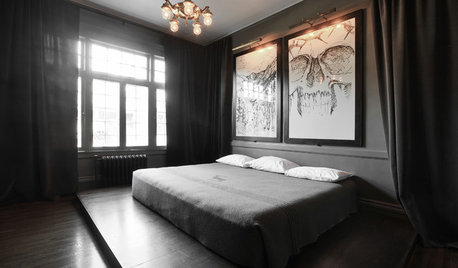
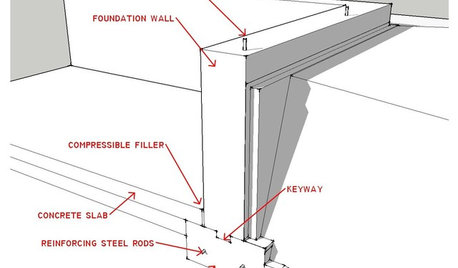







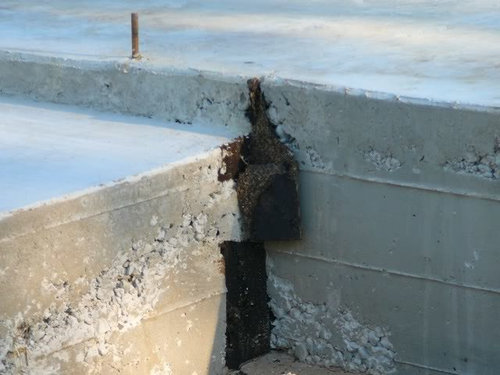
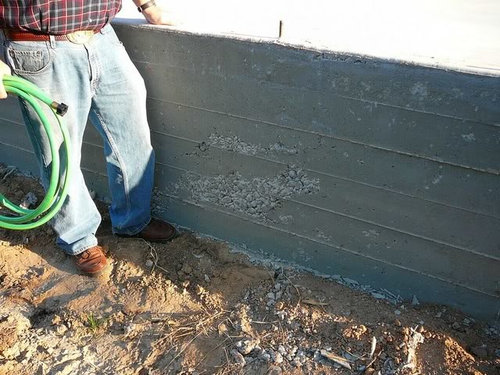
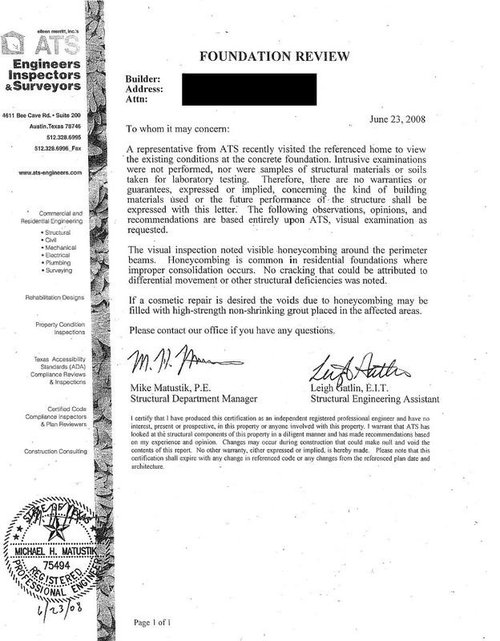





jasonmi7
frog_hopper
Related Discussions
really need some advice! lots of wood to paint - pics
Q
Kitchen Layout advice - lots of pics
Q
Shutter Color advice pls for MY 'White House' (Lots of Pics!)
Q
Undertones Scare ME! Need your advice Pls! (Lots of PICS)
Q
galore2112
jasonmi7
worthy
vancleaveterry
galore2112
dgmarie
cpateOriginal Author
frog_hopper
cpateOriginal Author
worthy
worthy
cpateOriginal Author
kellyeng
cpateOriginal Author
FatHen
FatHen
tiffany2
kellyeng